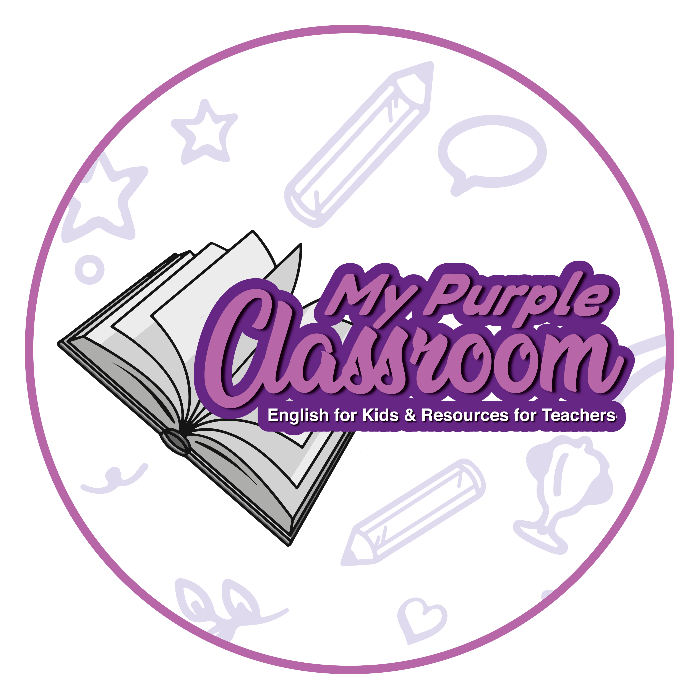Teaching English to Children is both a joy and a challenge. With just about 45 minutes per week for each group, every moment counts. In this post, I want to take you on a personal journey through my dynamic and interactive approach to teaching English to these young learners.
My Secret: Virtual Assemblies for Organization and Fun
My classroom is where the magic happens, and keeping it organized is key to our success. I’m usinga game-changing template in Genially, helping me create virtual assemblies filled with our songs and activities. It’s not just a resource; it’s become a lively companion that keeps everything in one place, adding an extra dose of fun to our lessons.
A Warm Start to Every Class
Each lesson begins with a heartfelt welcome. We kick off with the beloved ‘Hello’ song, setting a positive tone that lingers throughout the class. Afterward, I take a moment to connect with my young students, asking how they’re feeling. We follow up with another lively song, building fellowship and understanding their emotional state.
Interactive Routines: Making Attendance Fun
Attendance can be boring, but not in our class. We designate one student as the “Teacher’s helper” each day, and they dive into our routines with enthusiasm. Whether it’s mastering the days of the week or discussing the weather, our interactive digital whiteboard makes learning engaging and enjoyable.
We allocate approximately 15 minutes to our daily routines, and afterward, we dive into the Mystery Box. I employ it as a tool to pique curiosity among the students. Inside, I always include various activities, stories, or any materials I intend to work on with them.
Mystery Box: Sparking Curiosity
One of my favorite tricks is the Mystery Box. It’s a treasure trove of surprises that never fails to captivate my little learners’ curiosity. Inside, I place a variety of activities, stories, or materials that align with our learning goals. It keeps the classroom buzzing with excitement.
Recently, I placed building blocks and color flashcards in the Mystery Box. We engaged in a “sorting colors” activity. One by one, I asked them, “What color is this?” to which they responded with “It’s red” or simply “red,” and they placed the item on the corresponding color flashcard.


Learning through Play: Where Fun Meets Knowledge
In my opinion, learning means one thing: fun. I firmly believe that kids absorb knowledge best when they’re having a blast. That’s why games, songs, and stories are the cornerstones of our lessons. For example, we recently delved into colors by using building blocks and colorful flashcards for a ‘sorting colors’ activity, a fantastic way to reinforce language skills while having a blast.
Conclusion: Planting the Seeds of Language Love
Teaching English to these young minds is more than a job; it’s a journey of creativity and passion. By keeping our resources organized, creating a warm and inviting atmosphere, and infusing playfulness into every lesson, we nurture a genuine love for the English language. How do you navigate the world of little ones in your teaching journey? Share your experiences and tips in the comments below.


